A method for turning male cells into egg cells in mice could one day be used to help men in a same-sex couple have children who are genetically related to them both.
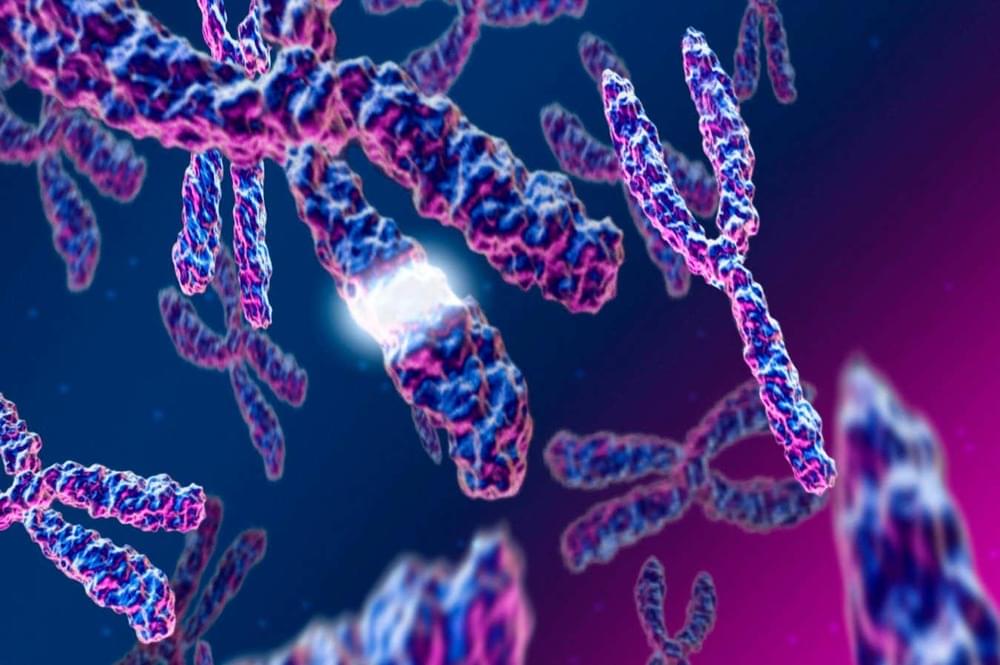

A method for turning male cells into egg cells in mice could one day be used to help men in a same-sex couple have children who are genetically related to them both.
This is a clip from Technocalyps, a documentary in three parts about the exponential growth of technology and trans-humanism, made by Hans Moravec. The documentary came out in 1998, and then a new version was made in 2006. This is how the film-makers themselves describe what the movie is about:
“The accelerating advances in genetics, brain research, artificial intelligence, bionics and nanotechnology seem to converge to one goal: to overcome human limits and create higher forms of intelligent life and to create transhuman life.”
You can see the whole documentary here: https://www.youtube.com/watch?v=fKvyXBPXSbk. Or, if you’re more righteous then I am, you can order the DVD on technocalyps.com.
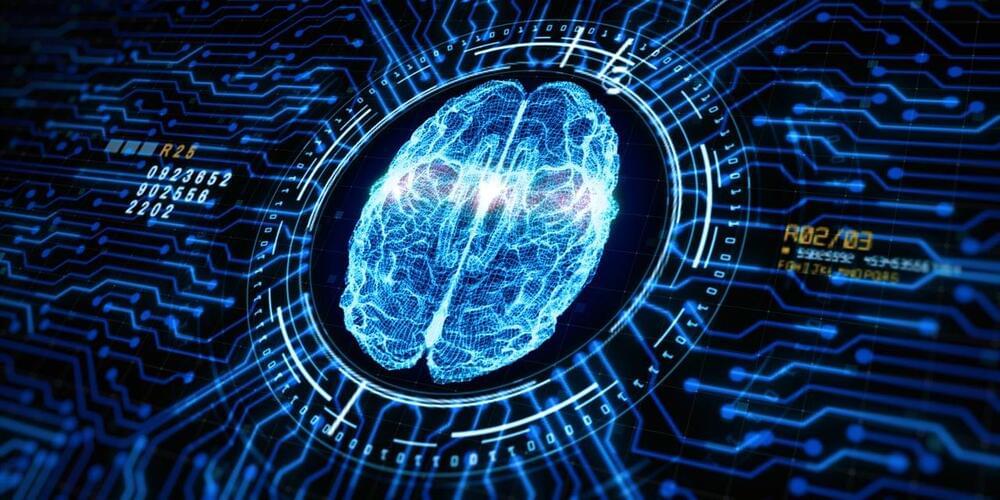
Regeneration, Resuscitation & Biothreat Countermeasures — Commander Dr. Jean-Paul Chretien, MD, Ph.D., Program Manager, Biological Technology Office, DARPA
Commander Dr. Jean-Paul Chretien, MD, Ph.D. (https://www.darpa.mil/staff/cdr-jean-paul-chretien) is a Program Manager in the Biological Technology Office at DARPA, where his research interests include disease and injury prevention, operational medicine, and biothreat countermeasures. He is also responsible for running the DARPA Triage Challenge (https://triagechallenge.darpa.mil/).
Prior to coming to DARPA, CDR Dr. Chretien led the Pandemic Warning Team at the Defense Intelligence Agency’s National Center for Medical Intelligence, and as a naval medical officer, his previous assignments include senior policy advisor for biodefense in the White House Office of Science and Technology Policy; team lead for Innovation & Evaluation at the Armed Forces Health Surveillance Branch; and director of force health protection for U.S. and NATO forces in southwestern Afghanistan.
A proud mentor to nine graduate students and Oak Ridge Institute for Science and Education (ORISE) fellows, CDR Dr. Chretien received the Rising Star Award from the American College of Preventive Medicine, Best Publication of the Year Award from the International Society for Disease Surveillance, and Skelton Award for Public Service from the Harry S. Truman Scholarship Foundation. He has published over 50 peer-reviewed journal articles and 10 book chapters.
CDR Dr. Chretien earned a Bachelor of Science degree in political science from the United States Naval Academy, Master of Health Science in biostatistics and Doctor of Philosophy in genetic epidemiology degrees from the Johns Hopkins Bloomberg School of Public Health, and a Doctor of Medicine degree from the Johns Hopkins University School of Medicine. He completed his residency in general preventive medicine at the Walter Reed Army Institute of Research and fellowship in health sciences informatics at the Johns Hopkins University School of Medicine.
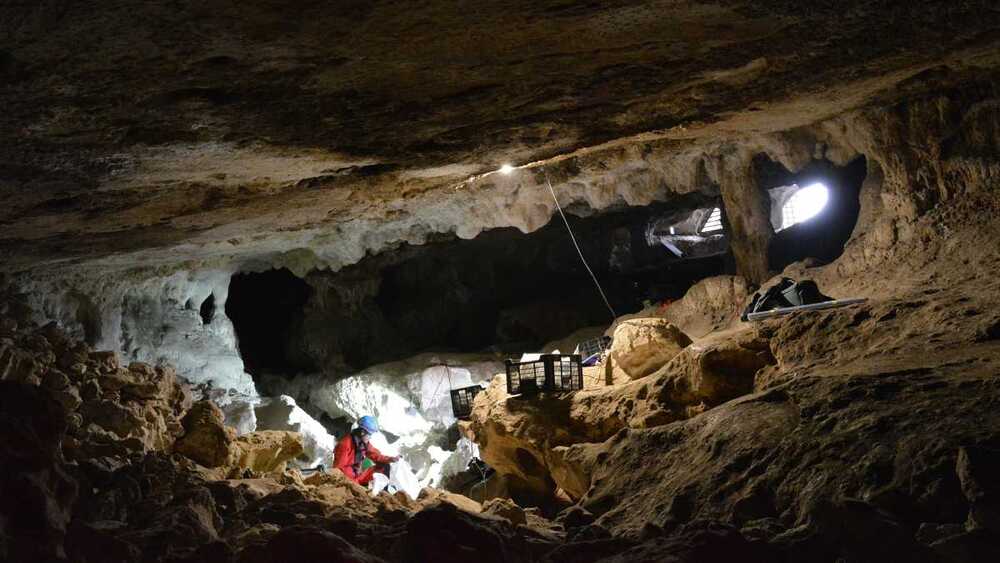
Europe was covered in thick ice sheets around the time of the last glacial maximum around 20,000 years ago, during which time sea levels were more than a hundred metres lower than today.
Shielding themselves from the frigid conditions in western Europe, cave-dwelling humans occupied rock shelters and caverns and in one site near Granada in Spain, archaeologists have unearthed remains providing the oldest human genome recorded in the region.
This 23,000-year-old genome from Cueva del Malalmuerzo is the oldest found in the Andalusian region and one of the oldest recorded. Researchers from the Max Planck Institute for Evolutionary Anthropology have connected these genetic remains to those of a 35,000-year-old Belgian specimen found in 2016.
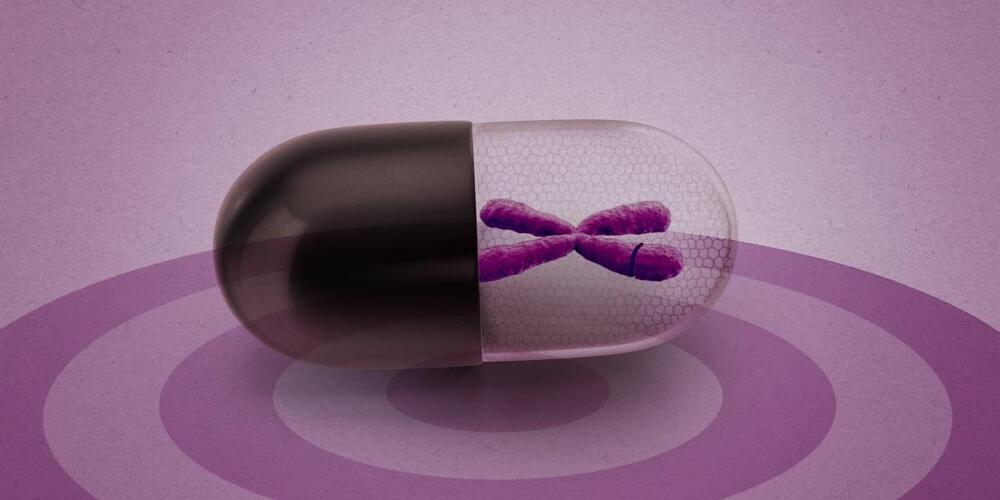
Forget about He Jiankui, the Chinese scientist who created gene-edited babies. Instead, when you think about gene editing you should think of Victoria Gray, the African-American woman who says she’s been cured of her sickle-cell disease symptoms.
This week in London, scientists are gathering for the Third International Summit on Human Genome Editing. It’s gene editing’s big event, where researchers get to awe the audience with their new ability to modify DNA—and ethicists get to worry about what it all means.
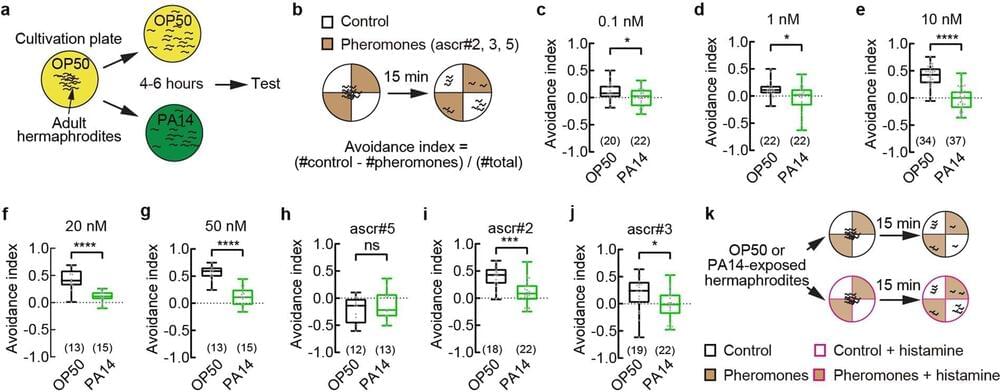
As COVID has demonstrated, when pathogens are moving through the population, we adjust, limiting interactions, even isolating, and generally changing the way we associate with one other. Humans are not alone. New research from Harvard scientists provides some insight into how pathogens change animal social behaviors.
“Extreme environmental conditions have a very strong influence on all animals,” said Yun Zhang, a professor in the Department of Organismic and Evolutionary Biology. But while this behavior has been seen in animals from simple fruit flies all the way up to primates, researchers have not understood what happens inside an individual animal’s brain that leads to infection-induced changes in social behavior.
In their new paper, published in Nature, Zhang and colleagues studied the small roundworm C. elegans, which exists in nature with two sexes: hermaphrodites that produce both eggs and sperm, and males. Under normal conditions, the hermaphrodites are loners, preferring to self-reproduce over mating with males. However, Zhang’s team found that the hermaphrodite worms infected by a pathogenic strain of the bacterium Pseudomonas aeruginosa became more interested in one another and increased their mating with males.
🇬🇧FREE WEBINAR🇮🇹: https://draronica.com/free-webinar/
In this Ask Me Anything interview, Prof. Matt Kaeberlein discusses the evidence (and lack thereof) behind popular anti-aging supplements and interventions. Starting from his current research on rapamycin for healthy longevity in dogs (The Dog Aging Project), he describes the promises and perils of anti-aging medicine and shares with us some tips on how to become better critical thinkers and protect us from hype and snake oil.
This interview is a must watch for everyone who wants to develop a critical stance toward the field of longevity research and balance enthusiasm with evidence.
I hope you enjoy this interview!
TIMESTAMPS
00:00 Introduction.
04:33 Definitions: Aging, lifespan, healthspan.
09:08 What is biohacking.
14:56 The Dog Aging project.
19:39 Rapamycin: Longevity effects in mice.
22:28 Can rapamycin impair muscle growth? Is it in contraindicated for people who want to build muscle mass?
27:09 Exercise, inhibition of mTor, and rationale for cycling rapamycin and exercise.
29:46 Getting around the growth vs. resilience tradeoff in longevity.
32:00 Epigenetic clocks: Hope vs. hype.
32:43 Best functional markers of longevity.
36:30 Sterile inflammation, auto-immunity, and immune senescence.
40:24 The best and worst longevity supplements for Matt Kaeberlein.
45:50 What longevity hacks Matt implements in his own life.
48:00 Lucia’s and Matt’s thoughts on calorie restriction for longevity.
50:30 How can people discriminate between science and sneak oil?
🐶 The Dog Aging project: https://dogagingproject.org/
Rational Virology Research For Human Health & Pandemic Prevention — Dr. Felicia Goodrum Sterling, Ph.D. Professor, Department of Immunobiology, The University of Arizona.
Dr. Felicia Goodrum, Ph.D. (https://profiles.arizona.edu/person/fgoodrum) is Interim Associate Department Head and Professor of Immunobiology, as well as Professor, BIO5 Institute, Cellular and Molecular Medicine, Molecular and Cellular Biology, Cancer Biology And Genetics Graduate Interdisciplinary Programs, at the University of Arizona.
Dr. Goodrum earned her Ph.D. from Wake Forest University School of Medicine studying cell cycle restrictions to adenovirus replication and then trained as a postdoctoral fellow at Princeton University in the laboratory of Dr. Thomas Shenk studying human cytomegalovirus latency.
Dr. Goodrum joined the faculty at the University of Arizona in 2006, and her long-standing research focus is to understand the molecular virus-host interactions important to human cytomegalovirus (CMV) latency and persistence in the host. She has focused on identifying viral and host determinants mediating the switch between latent and replicative states. The goal of her research program is to define the mechanistic underpinnings of HCMV latency and reactivation to lay the foundation for clinical interventions to control CMV disease in all settings.
Dr. Goodrum is the recipient of the Howard Temin Award from the National Cancer Institute, the Pew Scholar in Biomedical Sciences Award, and the Presidential Award for Early Career Scientists and Engineers.
Join us on Patreon! https://www.patreon.com/MichaelLustgartenPhD
Discount Links:
NAD+ Quantification: https://www.jinfiniti.com/intracellular-nad-test/
Use Code: ConquerAging At Checkout.
Green Tea: https://www.ochaandco.com/?ref=conqueraging.
Oral Microbiome: https://www.bristlehealth.com/?ref=michaellustgarten.
Epigenetic Testing: https://bit.ly/3Rken0n.
Use Code: CONQUERAGING!
At-Home Blood Testing: https://getquantify.io/mlustgarten.